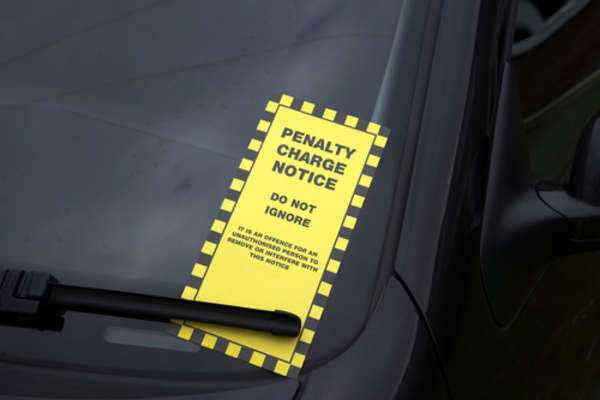
Drivers who are legally found or suspected of having had high blood alcohol levels while operating motor vehicles, particularly to the extent of interfering with their ability to operate the vehicle or putting other people in proximity to them in jeopardy, can accordingly face legal consequences. The finding that a particular had a high blood alcohol level at the time will be made after the drivers has been pulled over and stopped by a police officer, generally after displaying behavior which suggests intoxication and impaired ability to drive.
Sobriety Tests
Drivers who are pulled over while they have a high blood alcohol level and due to behavior caused by this level of intoxication will generally be administered some form of sobriety test. This test, administered to determine or suggest blood alcohol levels, can be made in several different ways, of varying levels of legal force, and may include several different approaches, in order to maximize effectiveness.
Observation Based Testing
Police officers will typically collect evidence, as may be noted in a log and accordingly made available for use later, simply by visual and auditory observation as to behavior on the part of the driver involved, as might suggest that person’s blood alcohol level.
Sobriety Field Test Types
One of the three kinds of sobriety field tests available for use by police officers is likely to be administered to drivers who have been pulled over in order to determine the likelihood that the individual has a high blood alcohol level. High blood alcohol levels can be suggested, in this way, by the administration of the pen test, in which the officer uses a small flashlight to detect signs of a high blood alcohol level, the 1-leg stand, as can be used to indicate the effect of a high blood alcohol level on the ability to maintain physical coordination, and the 9-step walk and turn, indicating the role played by blood alcohol levels in limiting physical mobility.
Breathalyzer Testing
A breathalyzer may be administered to drivers, generally some period after they have been pulled over for suspected and apparently evident high blood alcohol levels. As such, a high blood alcohol level might be verifiably detected; typically an hour or so after the driver has been pulled over and taken into custody. A licensed Breathalyzer operator must be responsible for administering this test in order for the high blood alcohol level detected to later be used for sentencing. Moreover, an approved Breathalyzer device must be used in order to detect the high blood alcohol level present in the driver who has been pulled over.
Blood Testing
As an alternative to the use of a breathalyzer, a blood test might also be administered to a driver who has been pulled over in order to determine whether or not he or she has a high blood alcohol level.
Prosecution
People who are pulled over for a driving offense and are found to have a high blood alcohol level can accordingly be faced with a number of various legal penalties. The penalties sought for people who had been driving with high blood alcohol levels can depend on a number of factors present in the particular case, as well as the sentencing level sought by the prosecuting authority. As such, any occurrence of harm or damage to others as a result of high blood alcohol levels can thus result in felony charges being brought against drivers, and more severe sentences imposed on defendants.
Imprisonment
People who are pulled over with a high blood alcohol level might be imprisoned due to prior marks against them, particularly previous charges related to driving with a high blood alcohol level. Moreover, high blood alcohol levels responsible for causing injuries to other people could also result in a term of imprisonment being sought for the driver. In general, a high blood alcohol level prosecuted in this way will proceed from felony charges.
Community Service
Community service might be ordered for people who are pulled over with a high blood alcohol level but have not otherwise caused a serious degree of harm to other people and do not have further legal marks against them.
Mandatory Alcoholics Anonymous Membership
People might also be ordered to join an Alcoholics Anonymous group in order to demonstrate their commitment to avoiding driving while they have high blood alcohol levels.



















